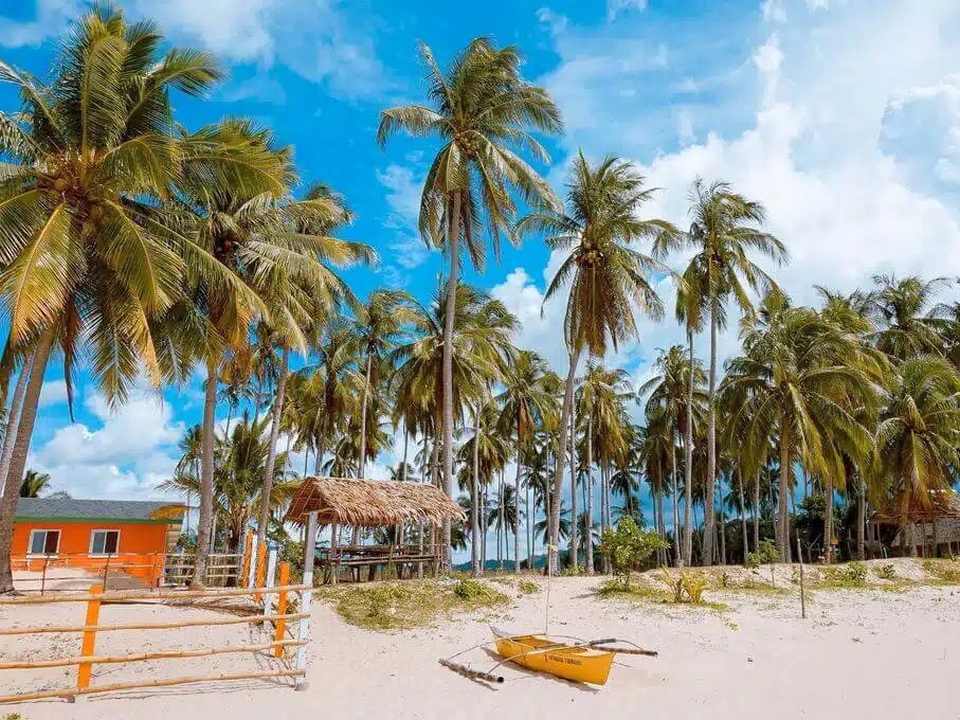
There’s currently much speculation about Thailand’s retirees considering a move to another regional country. They are hunting to escape the looming if still-muddy liability to pay Thai personal income tax on some foreign income transmitted to Thailand. They need to be watchful as Cambodian authorities, for example, can in fact tax foreign retirees on their worldwide income but choose, anyway for now, to ignore cash not earned in Cambodia.
The Philippines is unusual in that it publicizes the non-taxation of foreign income such as pensions, inheritances and capital gains. So it’s worth examining the retiree entry regulations of Thailand and the Philippines because they are by no means the same or even similar. The Philippines has introduced the Ease of Paying Taxes Act 2024 but, contrary to some reports, this did not affect the tax-free status of retirees living on overseas assets.
Although there are many retirement visa options in Thailand for those 50 years plus, the easiest without doubt is the non-immigrant “O” type. A visa-free entry stamp can be converted by local immigration to a three months non-immigrant “O” which then receives an extension of stay for 12 months (fifteen months in all the first time). Annually, the retiree returns to immigration for a further 12 months extension for 1,900 baht or US$55. Agents can facilitate the process for a service fee.

The basic requirement, as is well known, is at least 800,000 baht in a Thai bank or proof of monthly remittances from overseas of at least 65,000 baht. Evidence of local address is required and there is an ongoing rule to report it every three months. A re-entry permit is needed for those leaving the country, but a medical insurance policy is not currently mandatory. Given that third parties can help with the cash bond, if required, the non “O” route is far and away the most popular track for retirees. It’s also the cheapest by miles.
Retirees to the Philippines need to apply for the core Special Resident Retiree’s Visa (SRRV) which is multi-entry but requires an annual re-registration of the ID card. It requires a personal and not third-party bond of (usually) US$10,000 to US$20,000 in a Filipino bank which may have to be left there for the duration depending on whether investments are made. Family members can be included at a reasonable extra cost. Medical insurance is not required, but a medical report on the individual is needed prior to entry and must be authenticated by a Filipino embassy or consulate. Police clearance from the country of origin or recent residence is needed according to the government website.
Compared with Thai immigration practices with the “O” type, the Filipino version is much more of a hassle to process. Not to mention the interview with the Philippine Retirement Authority or PRA. However, the extra perks are considerable. No exit or re-entry clearance. The status of a permanent resident from day one and the publicized chance to apply for citizenship after 10 years. The chance to work for an employer provided the (not too difficult) Alien Employment Permit is applied for. The facility to bring in US$7,000-worth of household goods tax free. PRA assistance is applying for a driving licence, or when dealing with Filipino bureaucracies.
In summary, the longer term retirement visa bonuses in the Philippines are more bountiful than those in Thailand. But the Thailand “O” is certainly much cheaper to process and requires much less initial documentation. Perhaps Thailand’s resident expats should appreciate it more.









